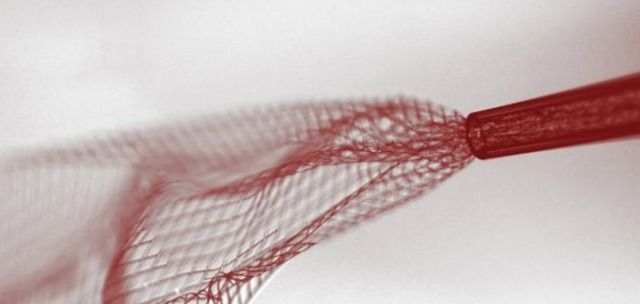Talk about streamlining and improved efficiencies in clinicals.
Livonia, MI — January 25, 2016 — McKesson Pharmacy Systems & Automation (MPS&A) announced the release of the McKesson Clinical Programs Solution™, a new platform that allows pharmacists to build customized wellness programs and maintain vendor programs for patients with specific medical conditions. The Clinical Programs Solution™ also saves pharmacists time and labor costs by automatically synchronizing the data of patients enrolled in a clinical program with McKesson’s EnterpriseRx® pharmacy management system.
“In today’s increasingly competitive healthcare reimbursement environment, pharmacies are under more pressure than ever to create and manage clinical programs that address patient wellness,” said Emilie Ray, president, McKesson Pharmacy Systems & Automation. “Our Clinical Programs Solution can help meet this challenge by providing pharmacists with a flexible, easy-to-use tool to build and manage clinical services that best suit their patients’ needs and positively impact their pharmacy’s bottom line.”
Read more














